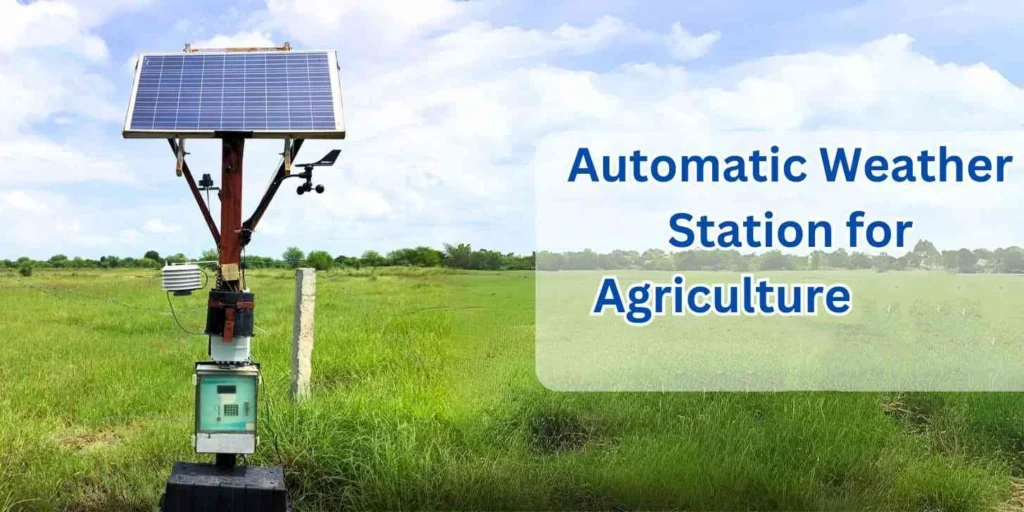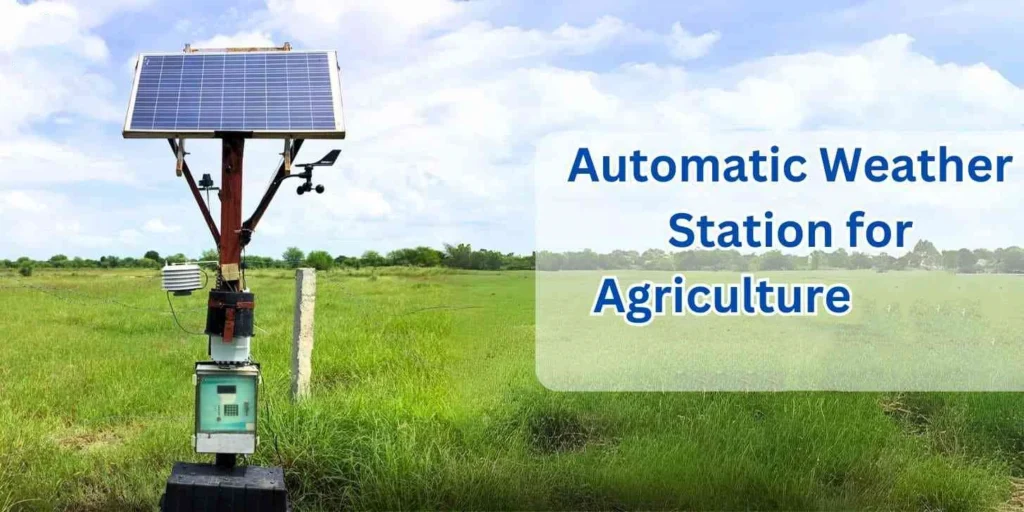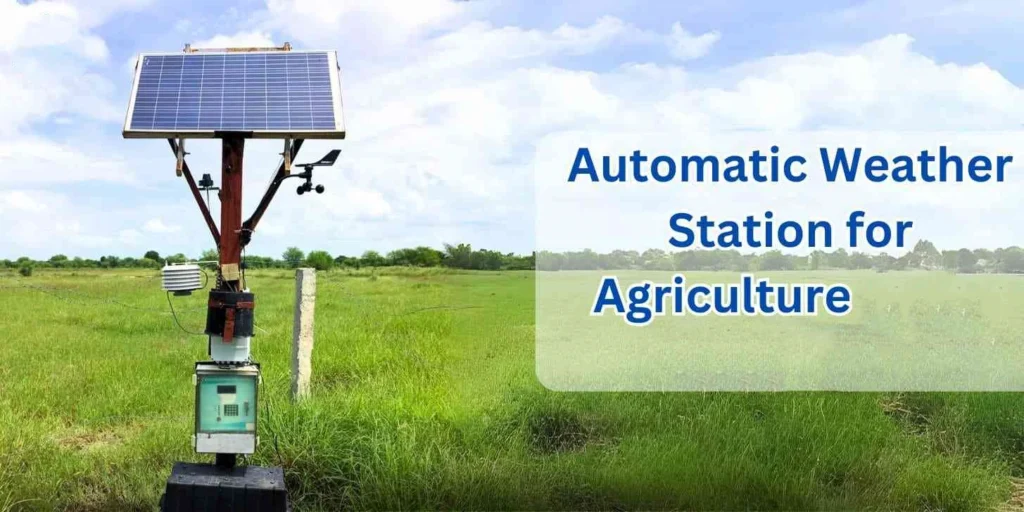
# Automatic Weather Station: Definition and Functionality
## What is an Automatic Weather Station?
An Automatic Weather Station (AWS) is a sophisticated system designed to collect and record meteorological data without the need for constant human intervention. These stations are equipped with various sensors that measure environmental parameters such as temperature, humidity, wind speed, wind direction, rainfall, and atmospheric pressure. The data collected by an AWS is typically transmitted to a central database or server, where it can be analyzed and used for various applications, including weather forecasting, climate research, and agricultural planning.
## Components of an Automatic Weather Station
An AWS typically consists of several key components:
– Sensors: These are the primary data collection tools, measuring various atmospheric conditions.
– Data Logger: This device records the data collected by the sensors and stores it for later retrieval.
– Power Supply: Most AWS units are powered by solar panels or batteries to ensure continuous operation.
– Communication Module: This component transmits the collected data to a central server or database, often using wireless technology.
– Mounting Structure: The sensors and other components are mounted on a sturdy structure to ensure accurate measurements and protect the equipment from environmental damage.
## Functionality of an Automatic Weather Station
The primary function of an Automatic Weather Station is to provide accurate and timely meteorological data. Here’s how it works:
– Data Collection: Sensors continuously monitor environmental conditions and collect data at regular intervals.
– Data Storage: The data logger stores the collected information, ensuring that it is available for analysis even if the communication module fails.
– Data Transmission: The communication module sends the data to a central server, where it can be accessed by meteorologists, researchers, and other stakeholders.
– Data Analysis: The collected data is analyzed to generate weather forecasts, monitor climate trends, and support decision-making in various fields.
## Applications of Automatic Weather Stations
Automatic Weather Stations are used in a wide range of applications, including:
– Weather Forecasting: AWS data is crucial for generating accurate weather forecasts, which are essential for planning and safety.
– Climate Research: Long-term data collected by AWS units helps scientists understand climate patterns and changes.
– Agriculture: Farmers use AWS data to make informed decisions about planting, irrigation, and harvesting.
– Disaster Management: AWS data can provide early warnings for severe weather events, helping to mitigate their impact.
## Conclusion
Automatic Weather Stations play a vital role in modern meteorology and environmental monitoring. By providing accurate and timely data, they support a wide range of applications, from weather forecasting to climate research and agricultural planning. As technology continues to advance, the capabilities and accuracy of AWS units are expected to improve, further enhancing their value in understanding and managing our environment.
Keyword: what is automatic weather station



